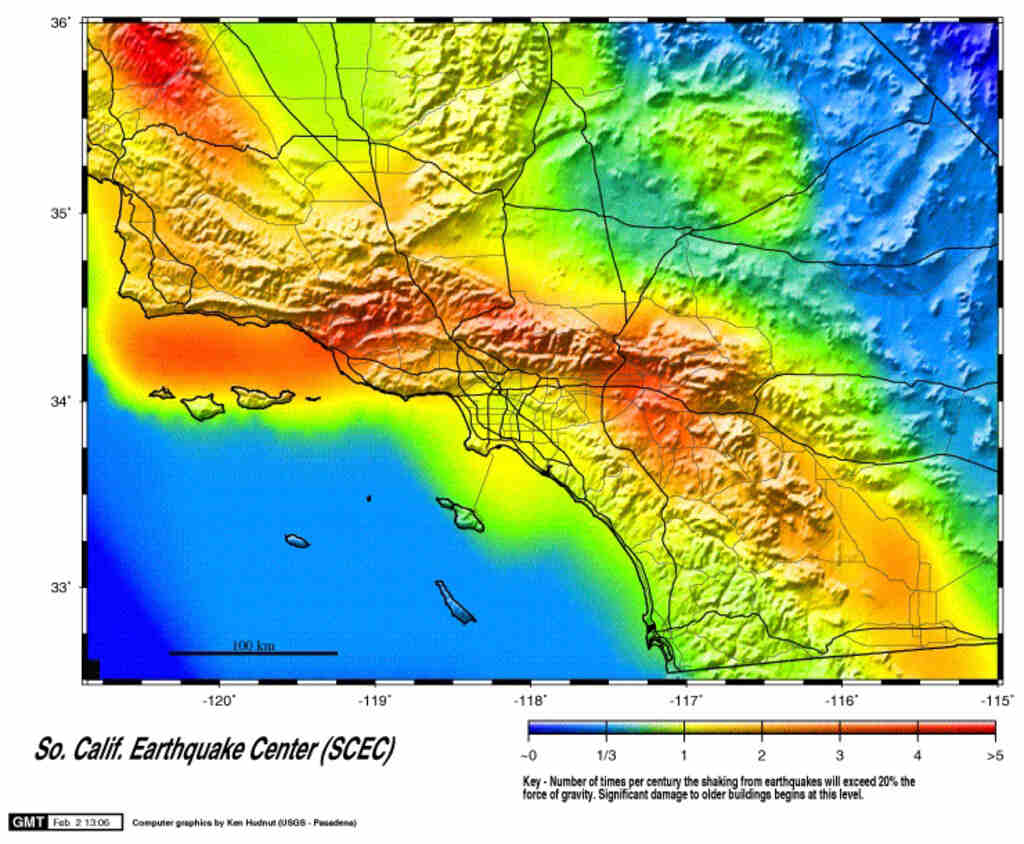people’s hearts are aging much faster than their chronological age – sometimes by more than a decade, especially for men and those with less education or from certain demographic groups.
The research team at Northwestern Medicine analyzed data from over 14,000 adults between 30 and 79 years old who participated in the National Health and Nutrition Examination Survey from 2011 to 2020. None had previous cardiovascular disease.
The numbers are striking: women’s hearts averaged 55.4 years while their actual age averaged 51.3 years – a 4.1-year gap. For men, the difference was even larger – hearts averaging 56.7 years compared to their actual 49.7 years.
The gap was particularly wide for specific groups. Black men had hearts 8.5 years older than their chronological age, while Hispanic men showed a 7.9-year difference. Nearly one-third of people with only a high school education had hearts aging more than 10 years ahead of their actual age.
Dr. Sadiya Khan, the Magerstadt professor of cardiovascular epidemiology at Northwestern University Feinberg School of Medicine who led the study, explained that the calculator “translates complex information about the risk of heart disease over the next 10 years into a number that is easier to understand and compare with one we are all familiar with — your actual age.”
Instead of telling patients they have a percentage risk of heart attack in the next decade – a statistic many find hard to grasp – this new approach tells you straight-up how old your heart actually is compared to your birthday age.
The free online PREVENT Risk Age Calculator uses data points doctors already collect: blood pressure, cholesterol, smoking status, diabetes status, statin use, and kidney function (estimated glomerular filtration rate or eGFR). The calculator does not include race as an input variable, consistent with guidance that race may reflect social determinants more than biology.
This calculator builds on decades of heart risk research dating back to the famous Framingham Heart Study that began in 1948. That landmark research tracked 5,209 residents of Framingham, Massachusetts, identifying the major risk factors we now associate with heart disease.
Similar Posts
What makes PREVENT different is its data source – over 6 million adults – making it much more relevant to today’s population. It works for a wider age range (30-79 years), includes heart failure risk alongside heart attack and stroke risk, and can calculate both 10-year risks for ages 30-79 and 30-year risks for ages 30-59.
Dr. Jeremy Sussman, a primary care physician at the VA Ann Arbor Healthcare System who was not involved in the JAMA Cardiology paper, told STAT News: “I think this is an interesting approach that will hopefully prove to be a good way to communicate about risk of cardiovascular disease that patients find meaningful and understandable.”
The calculator has limitations. Dr. Martha Gulati, director of preventive cardiology at Cedars-Sinai Health Sciences University in Los Angeles, noted to The Washington Post that it doesn’t include certain cardiovascular risk factors specific to women, such as menopausal changes and pregnancy complications. Dr. Ulrik Wisloff from the Norwegian University of Science and Technology points out it also doesn’t consider physical fitness levels, which can be key to heart health.
So what can you actually do with this information? The usual advice still stands: regular physical activity (aim for 150 minutes weekly), heart-healthy eating, maintaining healthy weight, quitting smoking, and managing blood pressure and cholesterol.
Heart disease remains the #1 killer in America, but knowing your heart’s true biological age might be just the wake-up call needed to take action before problems develop.The free PREVENT Risk Age Calculator is available online now for anyone without existing heart disease. Just a heads-up – knowing your heart might be a decade older than you are can be startling, but it also gives you the power to turn back the clock.


















